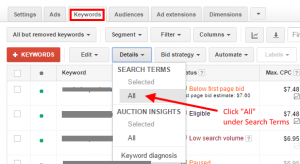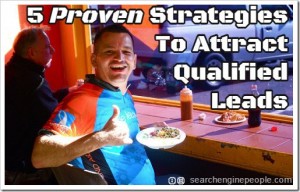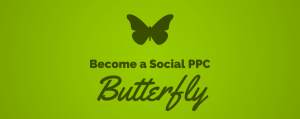
If you want your online marketing efforts to resonate with your target customers, then you need to start developing and testing your marketing strategy before you build your product.
Sometimes our marketing efforts can be an afterthought once the product has been built. And then the marketing team frantically tries to figure out
how to reach and acquire new customers.
And often there’s a gap between the marketing promise and reality of the product, which leads to customer dissatisfaction and churn.
Your marketing strategy can be the ‘glue’ that holds together your customer development work and your customer acquisition and retention efforts.
So it’s critical that you start working on this early and instead of making marketing an afterthought, use it to help drive your product vision.
Here are some recommendations on how to go about doing that:
1) Define Your Value Prop & Pricing Hypotheses
The first step is to start by defining your unique value proposition (UVP) i.e. what benefits does your product offer your customers and why should they buy from you instead of your competitors? Your UVP will drive a lot of your downstream decisions, so it’s worth spending the time getting this right.
You should also start testing your pricing hypothesis. You got some early validation about pricing from interviewing your target customers. Now you need to test your pricing hypothesis more methodically.
2) Develop Your Marketing Website & Funnel
Developing (or updating your existing) marketing website early gives you an opportunity to start testing customer demand for your product. And it also gives you an opportunity to optimize and improve your sales and marketing funnel if you already have an existing product in market.
By now you have developed much deeper insights about your target customer and you can use that information to refine your unique value proposition and focusing your marketing message better on the customer pain points that your product addresses.
3) Define Your Most Important Success Metrics
Before you can start testing your marketing and sales funnel, you need to clearly define your success metrics i.e. what does success look like and
how will you measure that? And if you haven’t already done so, you should put a ‘stake in the ground’ for how much you’re willing to pay to acquire new customers i.e. your customer acquisition cost (CAC).
It’s easier to focus on the number of customers that you’re acquiring, but if you’re not doing so profitably, then your business will be in trouble sooner or later. Are you clear about your customer acquisition cost and your customer lifetime value (LTV) goals? If you’re not, then this should make this a priority.
4) Start Optimizing Before You Ship Your Product
If you’re launching a new product, you can start testing a ‘coming soon’ page to drive email subscriptions. If you already have an existing version of your product in market, then this is a good time to start optimizing your existing marketing funnel.
In both cases, you now have a much deeper understanding of your target customer and your unique value proposition.
And as you refine your messaging and site experience, you may well generate more sales from your existing product. And that not only helps you generate more revenue, but also sets a baseline for how effective your new product is i.e. did your product drive new customer acquisition because you’re doing a better job at addressing your customer’s pain points or was it because you optimized your landing page?
That’s an important insight to have.
5) Kick Off Your Content Marketing Plan
You can use content marketing to reach your target customers well before your product has launched. And with your deeper insights about your target
customers, you can create more content that resonates with them, provides value and demonstrates your authority.
If you don’t already have a company blog, then that’s a good place to start. But content marketing is so much more than just blogging. You can create infographics, videos, guest posts, social media and more. The key is stay focused on creating content which helps your target customers with their problems, instead of using it as a platform to just promote your product.
Key Takeaway
Starting your marketing efforts early can provide key insights for your product development, improve how effectively you acquire new customers when your product launches and also help to reduce customer churn by having a marketing promise that lives up to the reality of your product.
Image: Stavros
This article was originally published here
Business Articles | Business 2 Community
(319)







